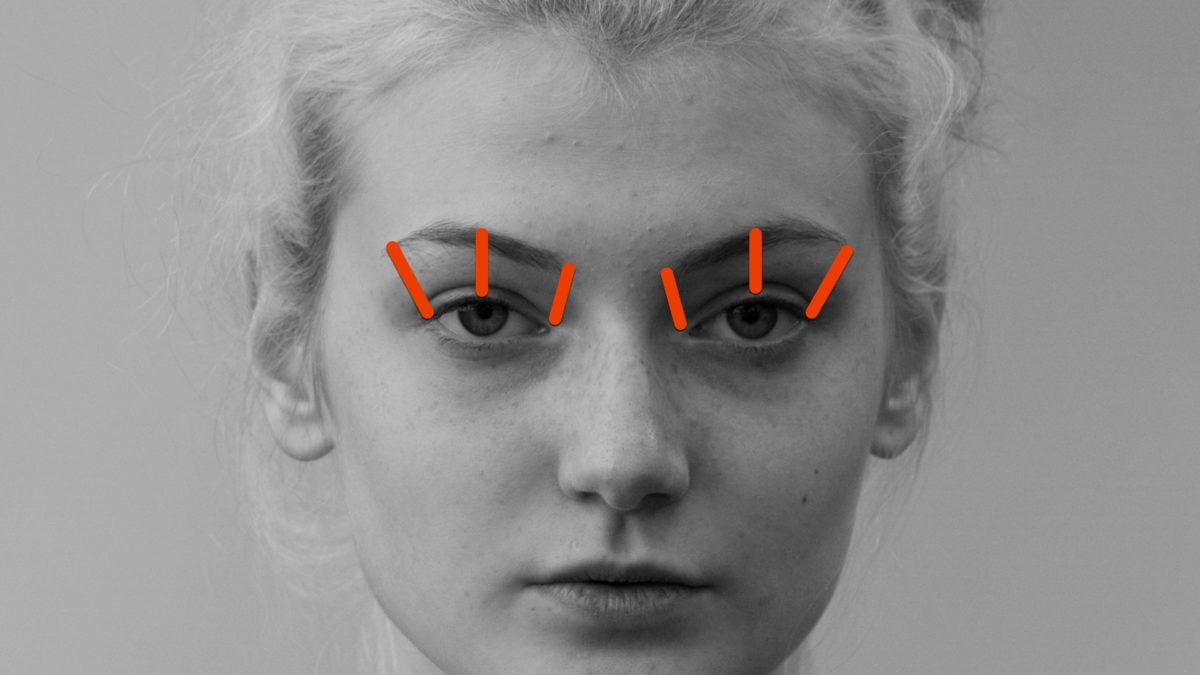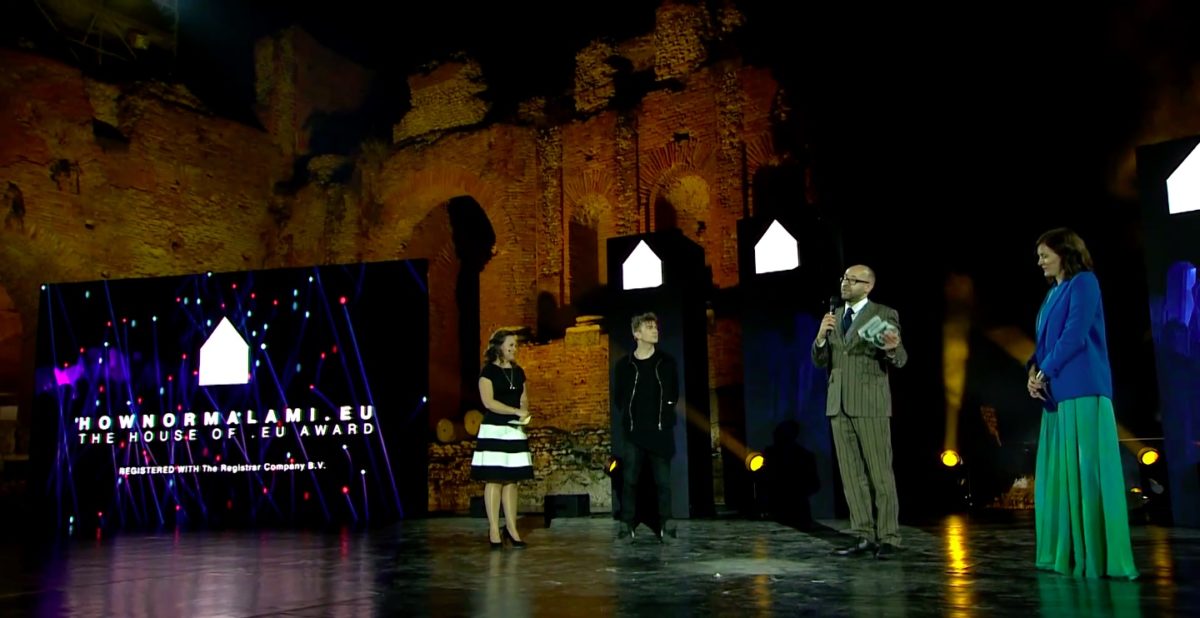This interactive documentary explores how face recognition technology is used, and lets you experience it yourself. You can find out how algorithms judge your beauty, age, gender, body mass index, life expectancy, emotions and much more.
To avoid spoilers, you may want to watch the documentary before you read any further. If you don’t trust the website, you can see a video of someone going through the experience here.
These “AI” systems increasingly influence our lives. On dating websites you may only be matched to people who are about equally attractive. An insurance agency might have bought profiles from companies that use algorithms to judge your health or mental stability. It could be that your job application was judged by an algorithm which determined that you weren’t social enough for the company. The list is growing.
One issue with this is that most people simply don’t know that this is happening. The goal in developing this documentary was to support a public debate around these technologies, and to help us value the freedom of feeling unwatched.

Comparing you to others
If you score a 6.5 for beauty, is that good or bad? To find out, your results are also compared to the average scores of all the people that came before you. That way you can find out if you’re average or not.
The same thing happens in real life, where these AI systems work by comparing us to others. For an algorithm, “normal” has te be defined mathematically, which could conflate being normal with being ‘average’. As we are increasingly judged by such systems, a side effect could be that this creates subtle pressure to behave differently.
This is all the more so because these systems are so inescapably. Your face is like your fingerprint: you can’t change it. This is what makes biometric tracking such a serious shift from being tracked online, where you can try to delete your cookies.
Reach
At the moment of writing “How Normal Am I?” has been viewed over 650.000 times. It won a .eu Web Award in 2021, with the jury describing it as thought provoking.

Most reactions have been very positive (with the exception of one death threat from someone that probably hadn’t actually experienced the project).
“This is very cool: A quick, personalized primer on face recognition algorithms.” – Kashmir Hill
“How normal are you? Find out with this beautifully-executed and scary online experience” – Aral Balkan
“We love this new work that shows you exactly why facial detection algorithms – and their biases – are so problematic” – EDRI
You can also find out more here:
- “This EU-funded AI rates how hideous your face is — for society’s sake” – The Next Web
- “Gave me a chuckle” – Hacker News

“You are more attractive than 40% of the Spice Girls”
Thanks to
The English version was made with support from the European Union, where it’s part of the Sherpa Project. This is a research consortium which looks into AI issues that society might run into by 2025. I am part of this consortium as somewhat of an artist-in-residence.
The Dutch version, called “Hoe Normaal Ben Ik?“, was made with support from the Province of South Holland, from an initiative by the Creating 010 department of the University of Applied Science of Rotterdam.
Special thanks goes out to professor Maaike Harbers, Peter van Waart, Ivonne Jansen-Dings, and Anne Fleur Schep.

This project has received funding from the European Union’s Horizon 2020 research and innovation programme, under grant agreement No 786641.